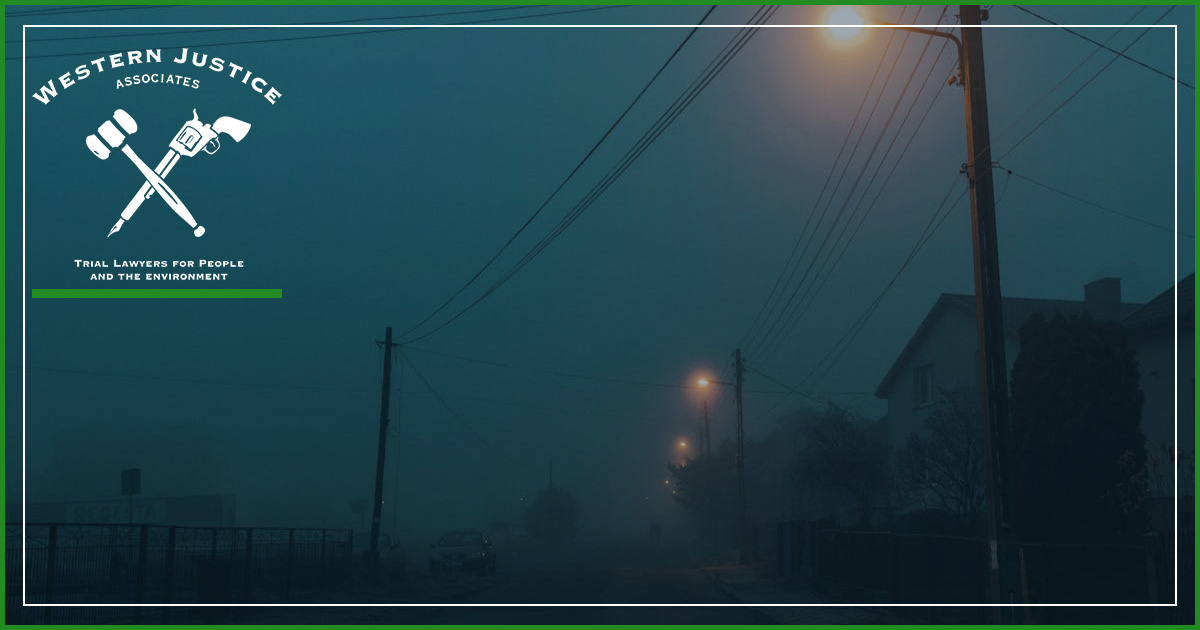
The time between Memorial Day and Labor Day is known as the “100 Deadliest Days” for drivers, specifically teen drivers. That is because many new teenage drivers take to the road for summer fun, but not every young driver has the skills or experience to avoid getting into accidents.
Of course, having years of experience behind the wheel does not make you impervious to getting into a
car accident. One proactive way a driver can minimize the risk of getting into an accident is to remain fully alert while driving. That also includes being aware of the most dangerous time of day to drive.
What Is the Most Dangerous Time of the Day to Drive?
According to information compiled by the
National Security Council (NSC), the number of nonfatal crashes on a national level tends to occur more frequently on weekdays, with the highest number occurring on Fridays.
Diving into the data reveals that fatal and nonfatal crashes have a peak occurrence time between 4 p.m. and 7:59 p.m. During the spring and summer, fatal crashes most often occur between 8 p.m. and 11:59 p.m.
How do those national numbers line up with Montana’s statistics? According to the most recent data collected by the
Montana Highway Patrol, the most crashes occurred between 5 p.m. and 6 p.m. than any other hour of the day.
Additionally, more crashes occur on Wednesdays than on any other day of the week, and in November than on any other month of the year. As for fatal crashes, they occur more frequently between 6 p.m. and 7 p.m., mostly on Fridays, and particularly in July.
Overall, the total number of crashes across the state was 22,004, which breaks down to approximately 61 crashes per day, or one crash every 23 minutes.
Why Do Most Crashes Happen at Rush Hour?
It appears that most crashes occur on both a national and statewide level during rush hour. The following are some of the reasons why that might be true:
Darkness and Reduced Visibility
Driving at rush hour means driving when the sunlight changes. As the sun sets, your depth perception, color recognition, and peripheral vision are all impacted. If it gets dark enough and headlights turn on, the glare can also affect your vision. It only takes a moment of distraction, looking away from that glare, to cause an accident.
Rush Hour Traffic
Rush hour is when everyone is “rushing” home from work. That triggers a higher volume of traffic. With that, increased congestion comes a higher potential for collisions.
Drowsy and Impaired Driving
It is not uncommon to feel tired after a hard day at work. Unfortunately, being drowsy behind the wheel can lead to an accident if you fall asleep even for a fraction of a second.
Distracted Driving
As you head home in the rush hour traffic, you might be tempted to catch up on emails and texts from family and friends. If the traffic slows down, you might think that’s a good time to check your phone. That is the exact type of distraction that can lead to a rear-end collision.
Getting Help with an Accident Claim
Just because you now know the most dangerous time of day to drive doesn’t mean you should stay off the road during those times.
It does mean you should be extra cautious. If you do get involved in an accident that was caused by another driver’s negligence, you are entitled to seek fair compensation for any losses. That includes out-of-pocket expenses for your medical bills, lost wages, and damage to your car.
Western Justice Associates, PLLC, can provide you with information about all your options for pursuing a claim. If we agree to take on your case, we can negotiate with the at-fault driver’s insurance company for a settlement. We might also advise that the best course of action is to file a civil complaint. Our support begins with a free consultation. Call to schedule your talk today.
 The time between Memorial Day and Labor Day is known as the “100 Deadliest Days” for drivers, specifically teen drivers. That is because many new teenage drivers take to the road for summer fun, but not every young driver has the skills or experience to avoid getting into accidents.
Of course, having years of experience behind the wheel does not make you impervious to getting into a car accident. One proactive way a driver can minimize the risk of getting into an accident is to remain fully alert while driving. That also includes being aware of the most dangerous time of day to drive.
The time between Memorial Day and Labor Day is known as the “100 Deadliest Days” for drivers, specifically teen drivers. That is because many new teenage drivers take to the road for summer fun, but not every young driver has the skills or experience to avoid getting into accidents.
Of course, having years of experience behind the wheel does not make you impervious to getting into a car accident. One proactive way a driver can minimize the risk of getting into an accident is to remain fully alert while driving. That also includes being aware of the most dangerous time of day to drive.







